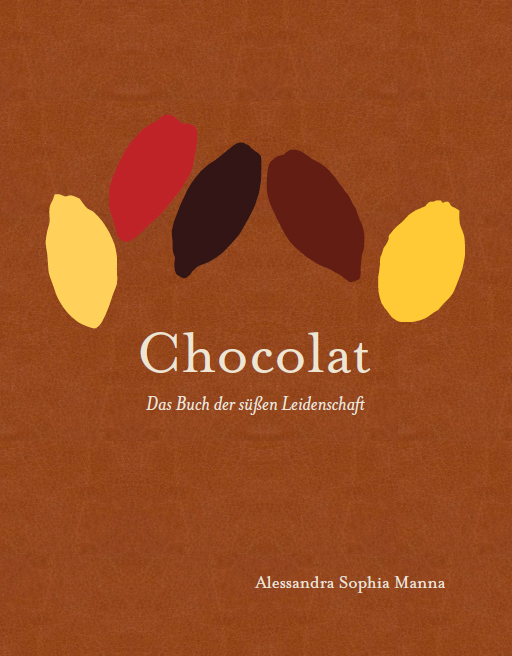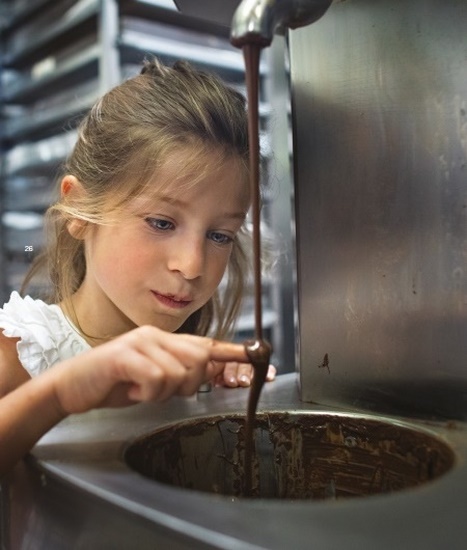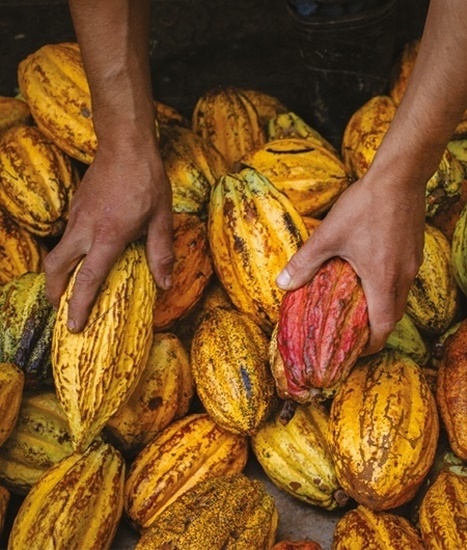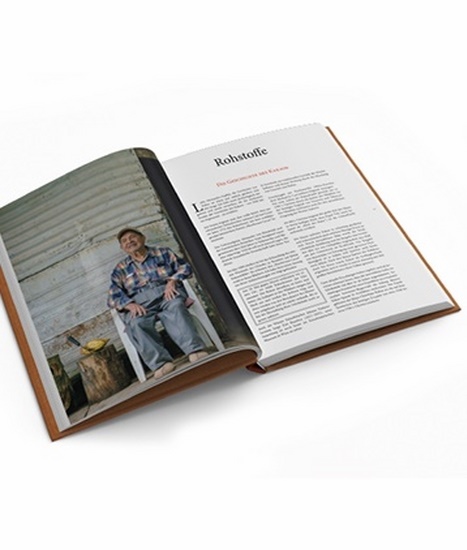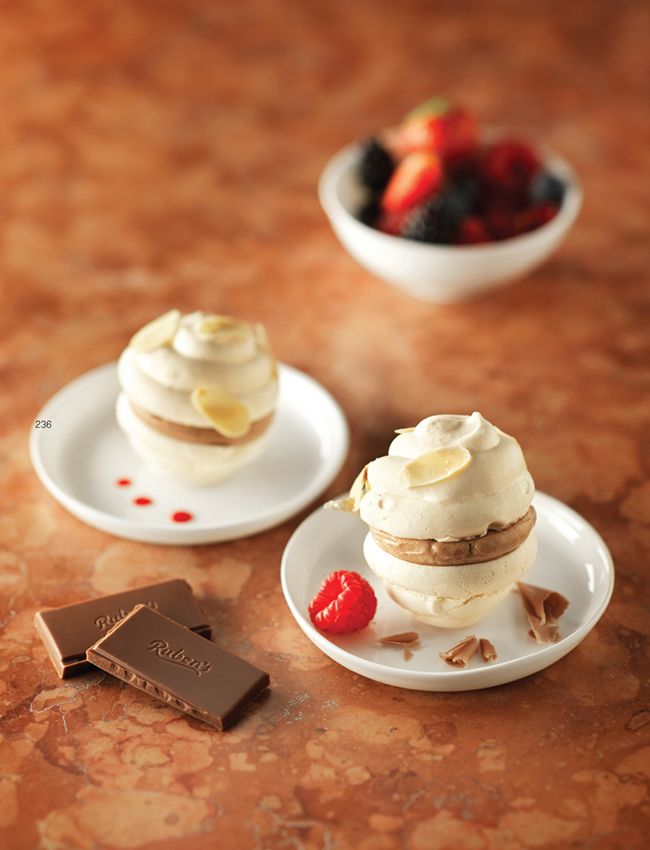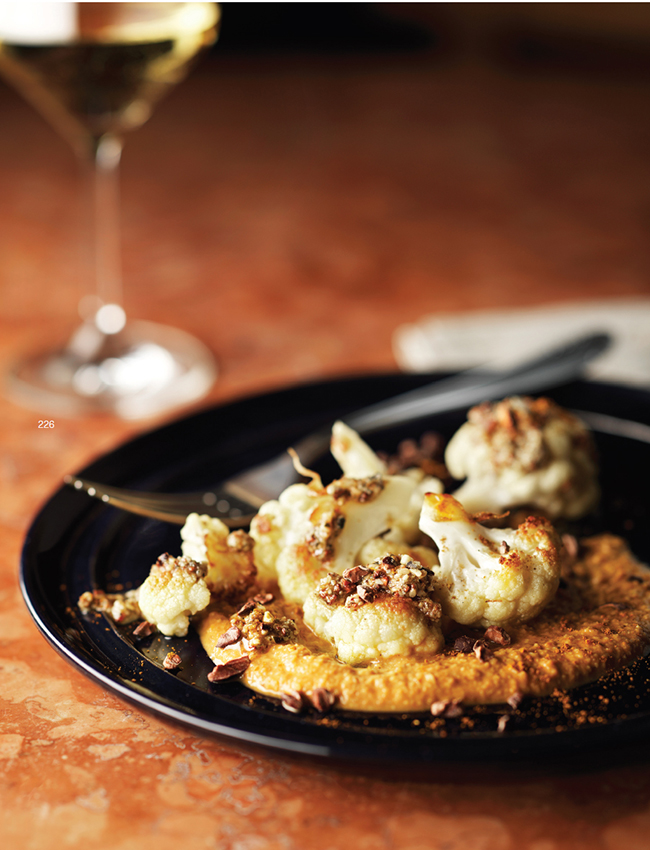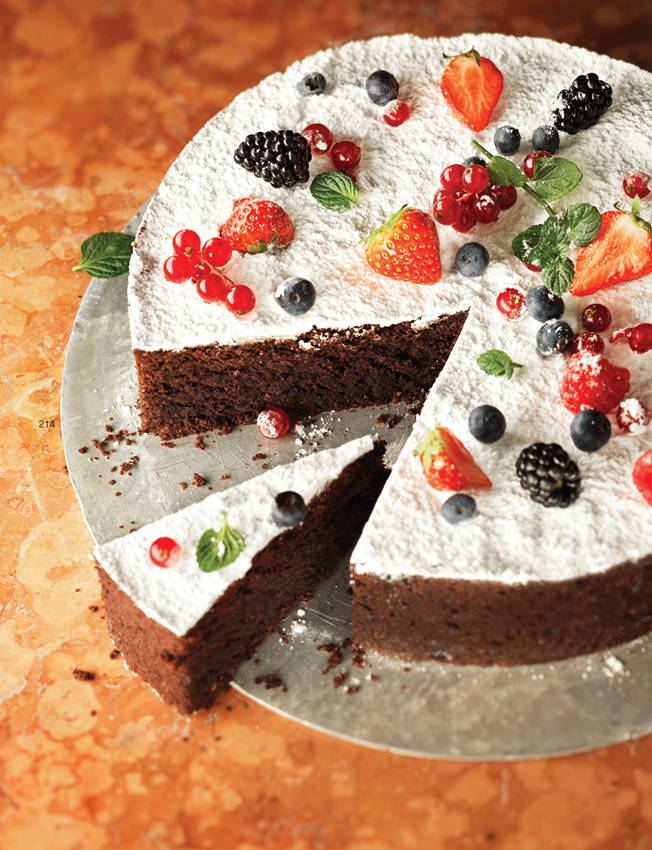BOOK “CHOCOLAT”
Chocolat – The book of a Sweet Passion
Author: Alessandra Sophia Manna
Publication date: November 27, 2020
Language: German
This exciting non-fiction book on chocolate explains everything worth knowing from the cultivation of the cocoa bean to its processing and is embedded in a literary framework. 12 special recipes by prominent chefs such as Andreas Döllerer complete the book.
Chocolate is one of the world’s most seductive luxury foods, no kitchen in the world can do without. It originated in South America and came to Europe via Mexico.
The master confectioner Alexandra Sophia Manna from Valais has already succumbed to the taste of chocolate in her childhood, in her parents’ bakery. In her book Chocolat – The Book of a Sweet Passion, she sets out from Switzerland on a journey through the world to unveil its secrets.
How and where is cocoa cultivated, harvested, processed, and refined into chocolate? What other staple foods are needed to make it? Which countries prefer which varieties? What does chocolate made from camel’s milk, a specialty from the Arabian region, taste like? What can you cook with chocolate – except for desserts, cakes, and the fine patisserie? The author has invited prominent chefs with 12 creations and presents these recipes in the book.
One chapter is dedicated to the history of “Xocolatl”, another to its health aspects. The most famous chocolate brands are also presented.
With beautiful photos, bound in leather, and with a dust jacket, this book is a comprehensive work on the “food of the gods”, which has been triumphant throughout the world from Mexico since the 16th century, making it a little bit better, and continues to do so.
Publisher:
HM-Chocolate publishing house
E-mail: chocolat@josephandgeorge.com
ISBN 978-3-9504892-3-1
Author:
Alessandra Sophia Manna
Format:
27.5 cm (h) x 21.5 cm (w)
Bound, with ribbon, embossed leather cover, dust jacket
Scope:
252 pages with numerous color photographs
Retail Price:
45,36 € (excl. value-added tax)
